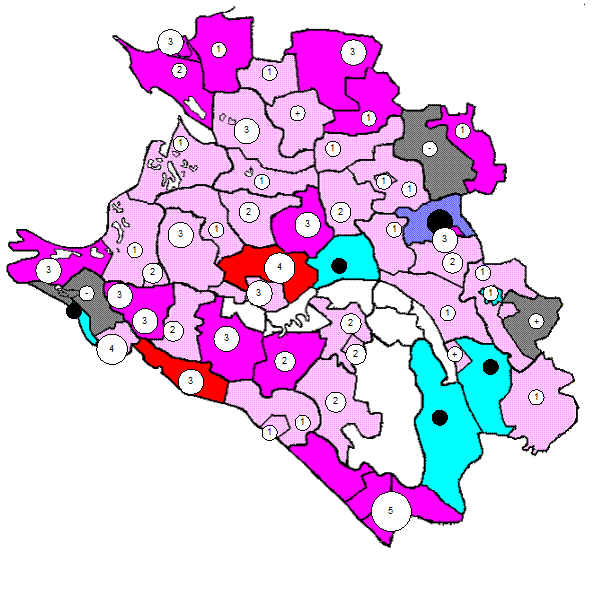Abstract
A) Decide if the following statements are true or false:
http://owll.massey.ac.nz/assignment-types/abstract.php A) Look at the example abstract and find the following parts: 1. Description aim/objective 2. Method 3. Results 4. Conclusion 5. Further conclusion “The Genetics of Bone Strength in Mice” The purpose of this study is to identify relationships between the physical and genetic characteristics of bones in mice. The physical characteristics include size, density, and the force required to break the bone, while the genetic ones are the genes of the marker loci associated with the genes that affect these qualities. This study uses strains of mice with reduced genetic variation. The two strains of mice that are the most phenotypically extreme, meaning those with the strongest and weakest bones, are crossed. The F2 generation from that cross is then analyzed. The results of this analysis can be used to find which genotypes correlate with specific bone properties like size, density, and failure load. The anticipated outcome of this lab is the identification of the genotypes that affect bone strength in mice. The findings may be useful in treating medical conditions that are related to bone strength. http://writing.wisc.edu/Handbook/presentations_abstracts_examples.html#textile B) Look at the following abstracts and: 1) Say which of them is a well written and structured abstract and which is a poorly written abstract. 2) In pairs, point the mistakes in a poorly written abstract and rewrite it.
|




